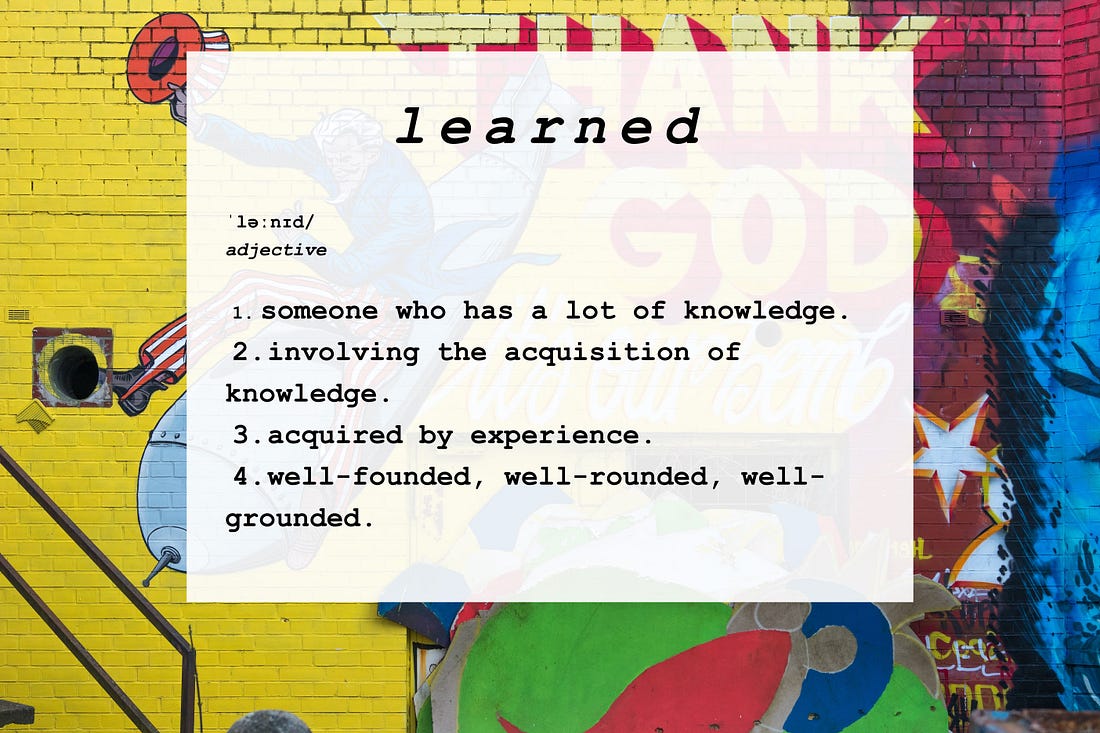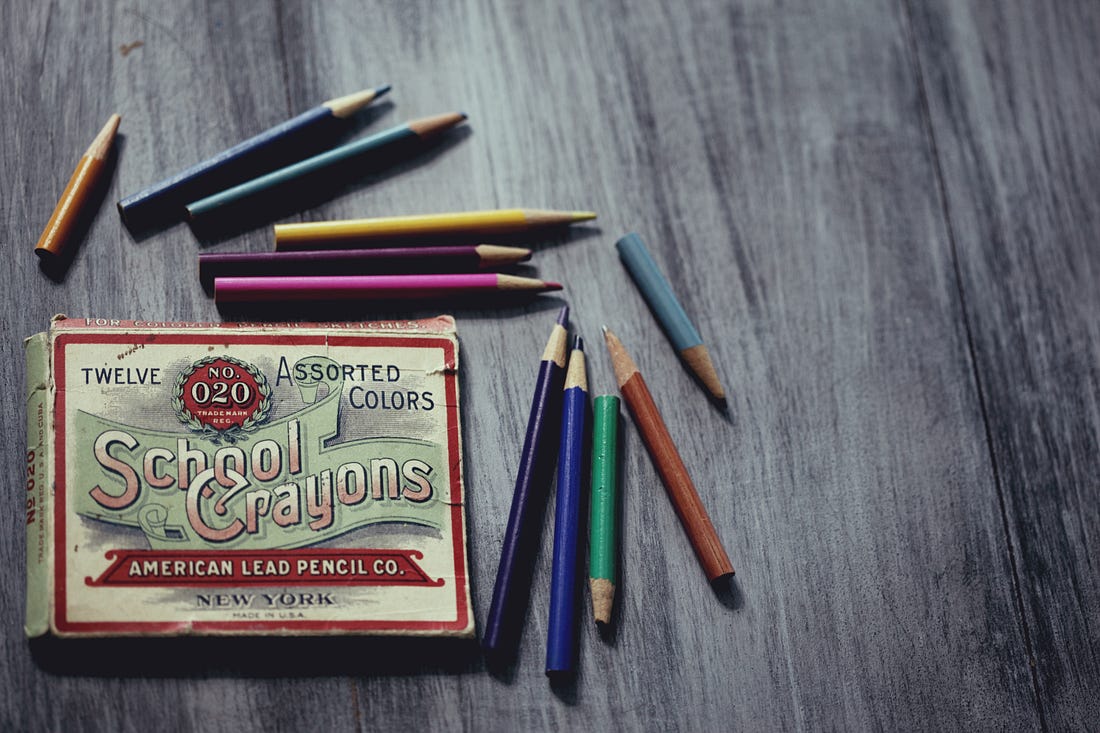Hi!
Welcome to Learned, a resource for all of us who are trying to get just a little better at being us. We’ve got links, we’ve got commentary, we’ve got a couple of pretty pictures. Let’s get to it.

What We’re Learning:
Today, we're learning about comic strips, web-comics, and the continual reinvention of the form as media continues to evolve.
Back in the day, I'd spend all my time tracing over classic comic-strips. I drew Snoopy and Calvin and Opus. I wrote my own strips for these classic characters and I even tried my hand at creating my own characters. Sometime in high school, I stopped doing this and that probably would have been the end of my career as a cartoonist had it not been for the advent of webcomics.
In the late 1990s, I moved to Seattle and got a job at a dot-com. This was right at the beginning of the ecommerce era and every other company on the block was trying to figure out how to make money on the internet. (The more things change...) Frankly, I wasn't that great at my job.
But, there were a lot of things going on around me at that job and in Seattle in general that interested me. The company allowed each member to build their own homepage on the company servers. I got interested and learned how to build a webpage. A few knowledgeable friends got me started and then I began to learn on my own. One of the ways I did this was by finding interesting pages and copying them.
Pages like User Friendly, Sinfest, PVP, and Penny-Arcade. Webcomics, each and every one of them.
I loved these sites. Aside from copying their code, I loved what they were doing with the comic strip as form. See, by this time, the funny pages were dying. They had been reduced so much in size that Bill Watterson cited it as one of the main reasons he retired Calvin and Hobbes. Combined with the "please everyone, offend no-one" level of gentle humor the newspapers demanded, the comics page was a shadow of what it had once been.
But not the webcomics. The artists and writers creating the modern comics pages in HTML were taking the classic form - 4 panels with a gag - and transforming it in ways I couldn't have imagined. Whether it was by using profane (Sinfest) and sometimes offensive humor (Penny-Arcade), or by writing about niche topics (PvP), or just by using baseline art styles (XKCD), these webcomics were bringing new life to the medium.
I wanted in.
Seattle had something called the Open University (a quick Google indicates that it no longer exists in the form it had in the late 90s). Basically, it was community classes in niche topics taught by people with expertise to people who want to learn, for fractions of what actual university classes cost.
I signed up for a creative writing class and a cartooning class. I enjoyed both of them quite a bit. Both teachers praised my work, and I felt that if I worked hard, I could probably create something interesting. And I have. With creative writing. (Ai, Robot by Joel David Neff in Stupefying Stories #18, hint, hint.)
But comics? Webcomics? Cartoons? I've never developed my drawing skills to the point where I thought I would be able to do anything good. Leaving aside all the discussions about what good means in terms of art, I never worked at drawing.
Recently, I've decided to remedy that. I've got several how to draw books on my shelf and I'm taking another crack at doing the lessons in them. Whether that leads to a comic or just something fun to look at remains to be seen, but I'm enjoying the attempt so far.
Further Reading
What We’re Reading:
by Gabriel Campanario
When I first started thinking about trying (again) to learn to draw, I picked this book up with a handful of others. Those others have since made their way back to various used book stores, but The Art of Urban Sketching has never strayed far from my “Inspire Me” shelf.*
Urban Sketching is a part-technique and part philosophy. While there is a lot of practical advice, like what kinds of pens, notepads, and inks travel easily and compactly, the real focus is on why you should sketch. And the answer is that it teaches you to see life as it is and as it surrounds us everyday.
What may seem insignificant or mundane is merely a reflection of how poorly it has been seen. By sketching anything and everything around us, we are forced to find the hidden details that spell out the greater context.
And, if that all sounds way too high minded for a simple art book, relax: the book is friendly, easy-to-read, and gentle with its provocations. As I said before, this one is never too far from hand for me. It resides on my “inspirations” shelf, with the other treasures I rely on to get me through writer’s block, creative breaks, and rough Tuesdays and I recommend it for yours.
Elsewhere:
I'm Joel. I've got a website. Another website. And a twitter. And an instagram, too. Sometimes, even a byline.
If you're reading this email in your inbox it's because you subscribed or because someone thinks enough of me to recommend it to you. Please don't hurt them. If you’re enjoying this letter, consider buying me a cup of coffee?
If you're reading this on the Substack.com website, won't you consider subscribing so you can get this newsletter in your inbox and then forward it on to all your friends who you think would benefit by having more of me in their lives?
Down the Rabbit Hole:
Keeping on theme for this week, we’re starting with the biggest comic strip syndicate’s online presence: Go Comics. All those Sunday funnies you remember, like Peanuts, B.C., Ziggy, and Marmaduke.
But it’s not just those classics, it’s the classics re-packaged: Peanuts Begins and Back to B.C. both go back to the beginnings of their respective strips and present the early strips in sequence, as they originally appeared.
But Go Comics isn’t the only place for comics these days: Opus is back and on Facebook, Heathcliffe is under new authorship on Instagram, even relative newcomer LOL Cats is on Flickr.
And that’s not even counting the hundreds, if not thousands of webcomics hosted at their own, independent URLs. Not to mention that I’m not even sure how to classify the comic books that converted to webcomics or the webcomics that are now syndicated in print…
Random Fact:
Sazae-san, one of Japan’s most beloved cartoon icons began life as a four-panel comic which ran from 1946 until the creator, Machiko Hasegawa, ended it in 1974.
That’s it. Stay strong, stay healthy, learn something.



